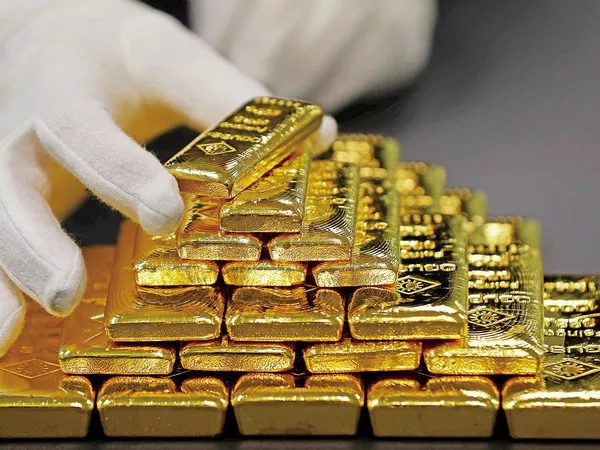Gold futures options trading provides traders with a flexible and versatile way to participate in the gold market. Options give traders the right, but not the obligation, to buy (call option) or sell (put option) a specific amount of gold futures at a predetermined price (strike price) within a specified time period (expiration date). Understanding call and put options is crucial for gold futures options traders. In this article, we will delve into the basics of call and put options and their application in gold futures options trading.
1. Call Options
A call option gives the holder the right to buy a specified amount of gold futures at the strike price before the expiration date. When a trader expects the price of gold futures to rise, they can purchase a call option to profit from the anticipated price increase. If the price of gold futures surpasses the strike price before the expiration date, the call option becomes valuable, allowing the trader to buy gold futures at a lower price and potentially sell them at a higher market price. However, if the price of gold futures remains below the strike price, the call option may expire worthless, and the trader would lose the premium paid to acquire the option.
2. Put Options
A put option, on the other hand, grants the holder the right to sell a specified amount of gold futures at the strike price before the expiration date. Traders typically purchase put options when they anticipate a decline in the price of gold futures. If the price of gold futures falls below the strike price, the put option becomes valuable, allowing the trader to sell gold futures at a higher price than the prevailing market price. However, if the price of gold futures remains above the strike price, the put option may expire worthless, resulting in a loss of the premium paid for the option.
3. Factors Affecting Options Prices
The prices of call and put options are influenced by several factors:
Underlying Asset Price: The price of gold futures relative to the strike price has a significant impact on the value of options. In general, the closer the current price of gold futures is to the strike price, the more valuable the option becomes.
Time to Expiration: The longer the time remaining until the expiration date, the more valuable the option, as it provides more time for the underlying gold futures price to move in a favorable direction.
Volatility: Higher volatility in the gold futures market increases the likelihood of significant price movements, which can make options more valuable.
Interest Rates: Changes in interest rates can affect the cost of carrying positions in gold futures, which, in turn, can impact options prices.
Market Sentiment: Market sentiment and demand for options can also influence their prices. If there is strong bullish sentiment in the gold market, call options may be more expensive, while put options may be relatively cheaper.
FAQs on Gold Futures Options Trading
1. Are options suitable for beginners in gold futures trading?
Options can be complex financial instruments, and beginners should have a solid understanding of basic futures trading before venturing into options trading. It is advisable to educate oneself about options and practice with simulated trading platforms before committing real capital.
2. How can I determine the appropriate strike price and expiration date for options?
The choice of strike price and expiration date depends on the trader’s outlook on the gold futures market and their trading strategy. Traders should consider factors such as the expected price movement, market volatility, and the timeframe within which they anticipate the price to reach the desired level.
3. What are some common trading strategies using options in gold futures trading?
There are various trading strategies that involve options, such as buying or selling individual options, as well as more complex strategies like spreads and combinations. Some common strategies include covered calls, protective puts, and straddles. Traders should thoroughly understand the risks and potential rewards associated with each strategy before implementing them.
4. How can I mitigate risk when trading gold futures options?
Risk management is crucial when trading options. Traders should define their risk tolerance, set a maximum loss they are willing to accept, and consider implementing stop-loss orders. Additionally, diversifying options positions and not risking too much capital on a single trade can help mitigate risk.
In conclusion, understanding call and put options is essential for gold futures options traders. Call options allow traders to profit from price increases, while put options enable traders to benefit from price declines. Factors such as underlying asset price, time to expiration, volatility, interest rates, and market sentiment influence options prices. Traders should carefully consider their trading strategies, risk tolerance, and market outlook before engaging in gold futures options trading.

